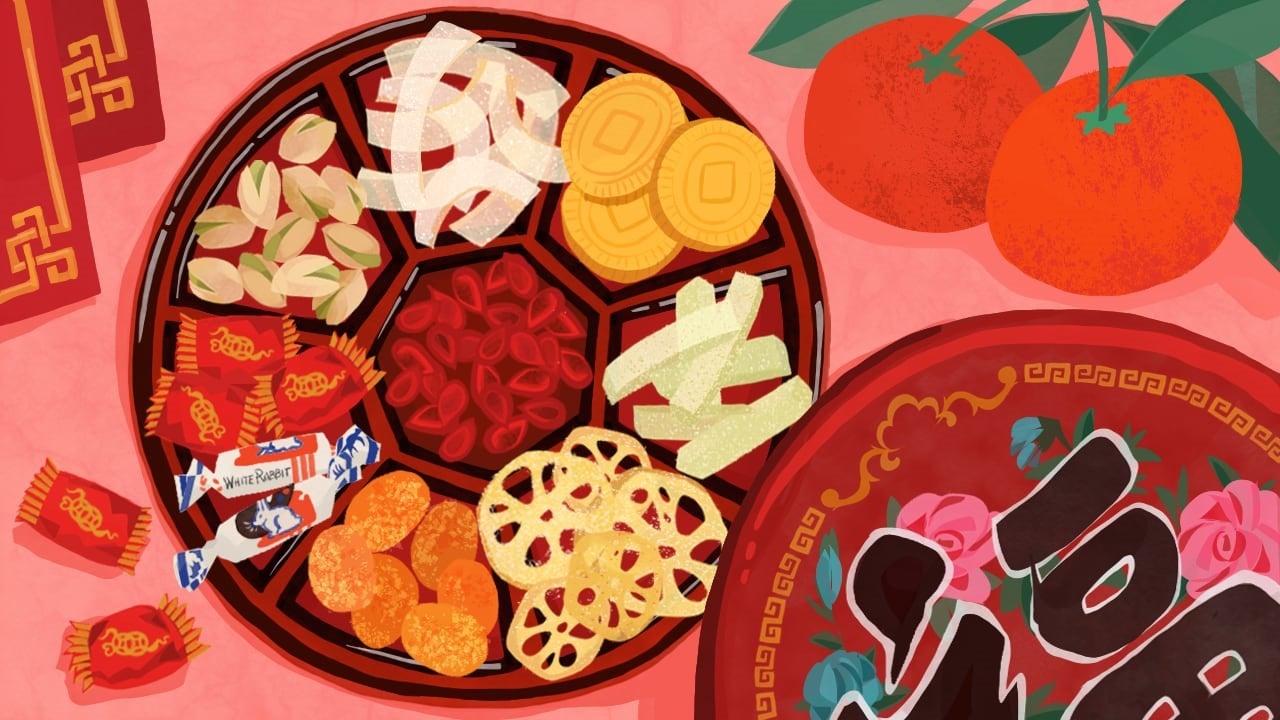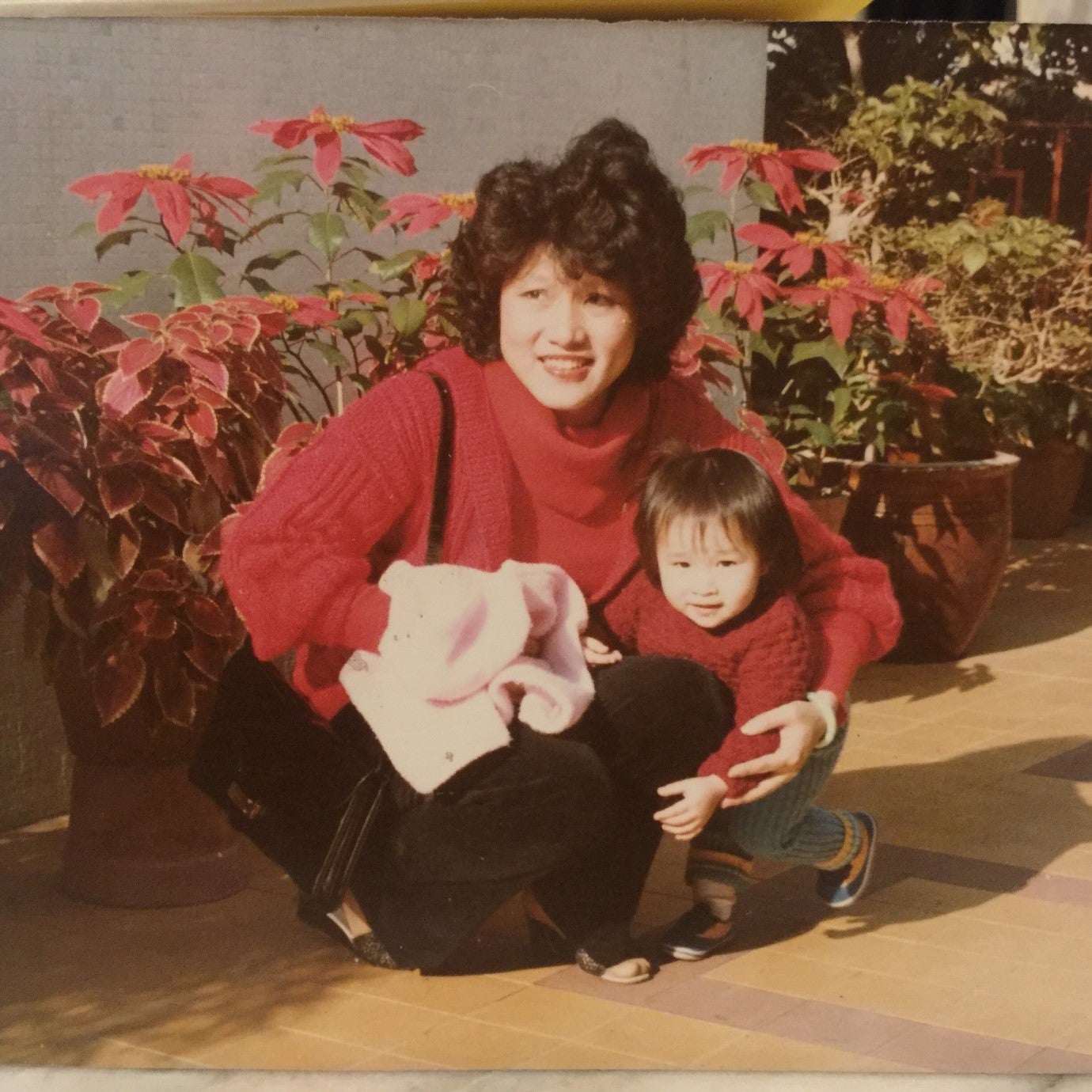Chinese New Year: A second chance to bring in a New Year
Flora (Fung Yee) Kong, Managing Partner, Vizeum | 10th February 2021
As a child growing up, my memories of Chinese New Year were of trips back to my birthplace of Hong Kong where the country gathers for 16 days to celebrate the end of the cold winter days and the coming of a new year according to the Chinese lunar calendar.
Kitted out in new clothes, we would spend countless days hopping from house to house across town to visit relatives and friends. Each household we visited, my brother and I would be offered a huge red candy box filled with sweets (there were always 8 types) and we’d repeat the phrase ‘gong hei fat choy’ in unison. This was always reciprocated with the gift of a little red envelope filled with crisp bank notes.
By the end of day, your belly was full of sweets and your pockets stuffed with pretty red packets filled with cash. What child wouldn’t love it!
As an adult, I now realise that every minute detail of Chinese New Year is deeply symbolic and all point towards wishing prosperity for the new year – not just candy and pocket money.
The Chinese New Year candy we were offered each represented a specific blessing: Lotus root slices (plentiful riches); water chestnuts (high spirits and wellness); winter melon chunks signify good beginnings and endings.

Patterns of 8 occur everywhere as ‘eight’ in Chinese sounds like the word for ‘well off’, hence it is said to invite great wealth. The number 4 on the other hand is similar to ‘death’ and is to be avoided at all cost. You’ll find many high-rise buildings in East Asia will not have a level 4, 14 or 44.
From red lanterns to red envelopes, red is considered a lucky colour. Legend has it that there once was a Monster named Nian - a ferocious beast that would terrorize villagers every New Year. They learned that Nian was afraid of three things: fire, noise, and the colour red. The Monster was defeated, and from then on, the colour red was considered to bring good luck and good fortune to all.

Whilst as a child, the focus of the red envelopes was the cash inside, the significance of red envelopes is the red paper, not the money that I would happily count at the end of each day. Wrapping lucky money in red envelopes is expected to bestow more happiness and blessings on the receivers and to ensure that the youth were given a helping hand from their elders.
There are also many superstitions during Chinese New Year:
- You should never sweep on New Years day as it will sweep away wealth
- Hair washing is a no-no for the first 2 days. Hair has the same pronunciation as the word for 'to become wealthy’. Therefore, it is seen as “washing one’s fortune away”
- Never borrow money during the festive period, and make sure you have paid off all your debt before New years eve. Not doing so will signal you’ll have money problems for the rest of the year
- Avoid wearing old, worn out clothing as you will be bringing the back luck from the previous year forward

So, this Chinese New Year when my family are all back home in Hong Kong and Australia, I will be eating my fortune candy, zoom calling family and friends on NYE (February 11th) wearing my new red jumper and making sure I clean the house before the new year so I don’t sweep away all that good fortune for the year ahead.
Happy Chinese New year or Gong hei fat choy!
This doesn’t actually mean Happy New Year at all, but rather it’s a wish for prosperity.
A note about the year of the Ox: If you were born in 1961, 1973, 1985 then this is your lucky year! According to the Chinese zodiac, people born in a Year of the Ox are diligent, dependable, strong and determined. They place strong values on family and patriotism, and have ideals and ambitions for their lives.
Patience is another virtue people born in these years are supposed to have. They are meant to be excellent planners (clearly highly desirable at a media agency!)
Find out which Chinese zodiac sign you are here.
